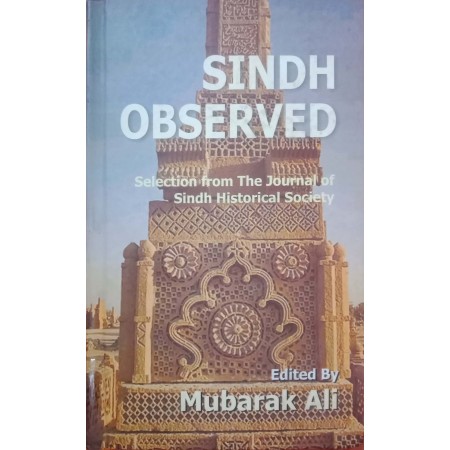









The early political history of Sindh is shrouded in mystery and mostly. remains unknown. The excavation of Moenjo Daro brought . to light the existence of highly developed urban culture in Sindh (2500-200 Bq. The discovery of Moenjo Daro smashed the myth that the Indian subcontinent has no history and civilization. The discovery of highly urbanized and developed civilization refuted these charges and brought the ancient Indian civilization parallel to the Egyptian and Mesopotamian, II gave pride and confidence to the people of the Indian subcontinent and strengthened the freedom movement against the Britishers.

The early political history of Sindh is shrouded in mystery and mostly. remains unknown. The excavation of Moenjo Daro brought . to light the existence of highly developed urban culture in Sindh (2500-200 Bq. The discovery of Moenjo Daro smashed the myth that the Indian subcontinent has no history and civilization. The discovery of highly urbanized and developed civilization refuted these charges and brought the ancient Indian civilization parallel to the Egyptian and Mesopotamian, II gave pride and confidence to the people of the Indian subcontinent and strengthened the freedom movement against the Britishers.
The significant aspect of the history of Sindh is the constant invasions of the foreign powers and its occupation by them. In 520- 515 B.C, the Persians invaded Sindh and after the conquest incorporated it into !he Persian empire. Next was Alexander of Macedonia (326-25 BC). Then came Sakas and the Kushans (120 Be 200 AD). It was again conquered by the Sassanid Empire and Sindh became one of its provinces.